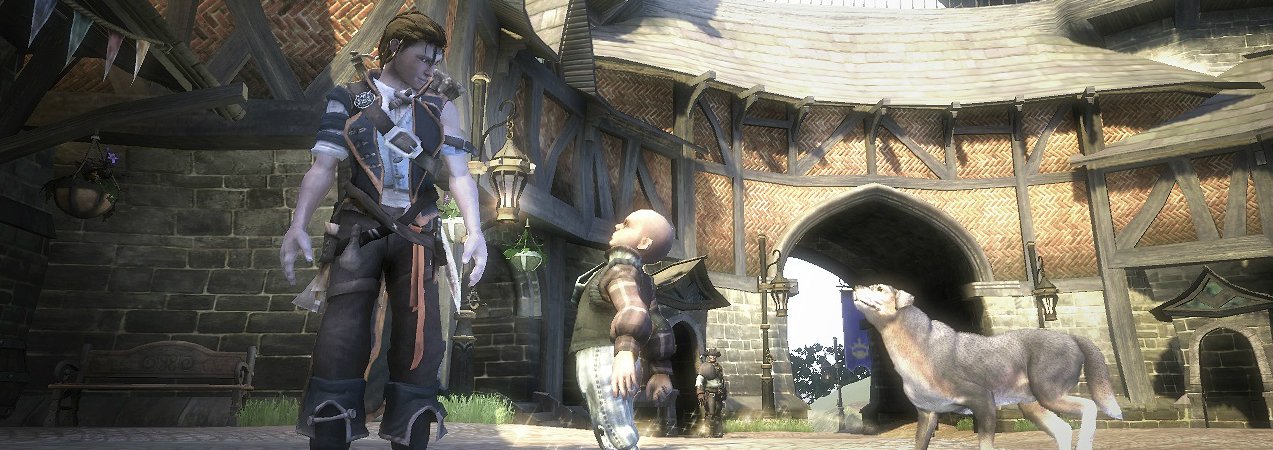‘Fable 2 must have a dog, and that dog must die’
Eurogamer just put up a pretty in-depth history of Lionhead Studios, and it’s a doozy. Most of the info comes by way of John McCormack, art director for the Fable series. There’s a lot of interesting tidbits from this tale, most notably how Microsoft saved Fable, but didn’t directly influence its development or direction, and we get a sense of exactly how much control Molyneux had over these projects.
McCormack also gives us a glimpse into the company culture of Lionhead, which was disorganized before it was cool, and includes daredevil canal jumping antics pre-Microsoft 2006 acquisition (“Microsoft HR wouldn’t have been up for any of that shit,” he says). What’s most interesting to me is seeing how natural the fit with Microsoft really was though at first, seeing as how they already had a good rapport with Fable — it certainly doesn’t feel like a hostile takeover or anything.
But eventually, the relationship soured a bit. McCormack recalls how “the marketing was shit,” for Fable 2, and how the marketing team, which was separately housed, “didn’t get it.” What was the contention? Lionhead pitched it as a “Monty Python-esque comedy” but it was being marketed as a generic epic RPG.
That contention only worsened with Fable 3, when he recalls a fight over the box art: “They were going, you can’t have a black person on the cover, and you can’t have a woman. And you want a black woman. And I was like, yes, I do, because it’s about be whatever hero you want. No. It’s a white guy. That’s just the way it is. We know what sells and that’s fucking it. Stop the arguing. I was like, fuck you! That was a huge fight.”
Things move on from there to Milo & Kate‘s cancellation (and how it might have done better in a post-Gone Home world), “Black Monday” (a day in 2012 where a ton of Lionhead vets quit), and how “Fable 4” [Legends] was eventually born and killed (the meeting to inform employees that the studio was closing was evidently sent out at the same time as the press release). The entire thing is well worth the read if you’ve played any Bullfrog or Lionhead games in your lifetime, which I would guess is most of you out there.
Out of everything, one statement from an unnamed source stands out in particular: “The biggest stab in the heart though was that for roughly six years the studio had pretty much been tasked to develop games that Microsoft wanted us to make to show off tech. Very few people wanted to make Fable: The Journey and almost nobody wanted to work on Fable Legends.” It’s also crazy to hear that the efforts to revive Fable Legends post-closure were real, and dubbed “Project Phoenix.”
I’ve said it before, but one of the most vivid memories I have of my gaming youth is reading a magazine detailing “Project Ego,” which would eventually become Fable, and then actually playing it, realizing that nearly none of the promised features actually made it in. I just wish we could have had the opportunity to see if Fable Legends measured up.
Lionhead: The inside story [Eurogamer]








